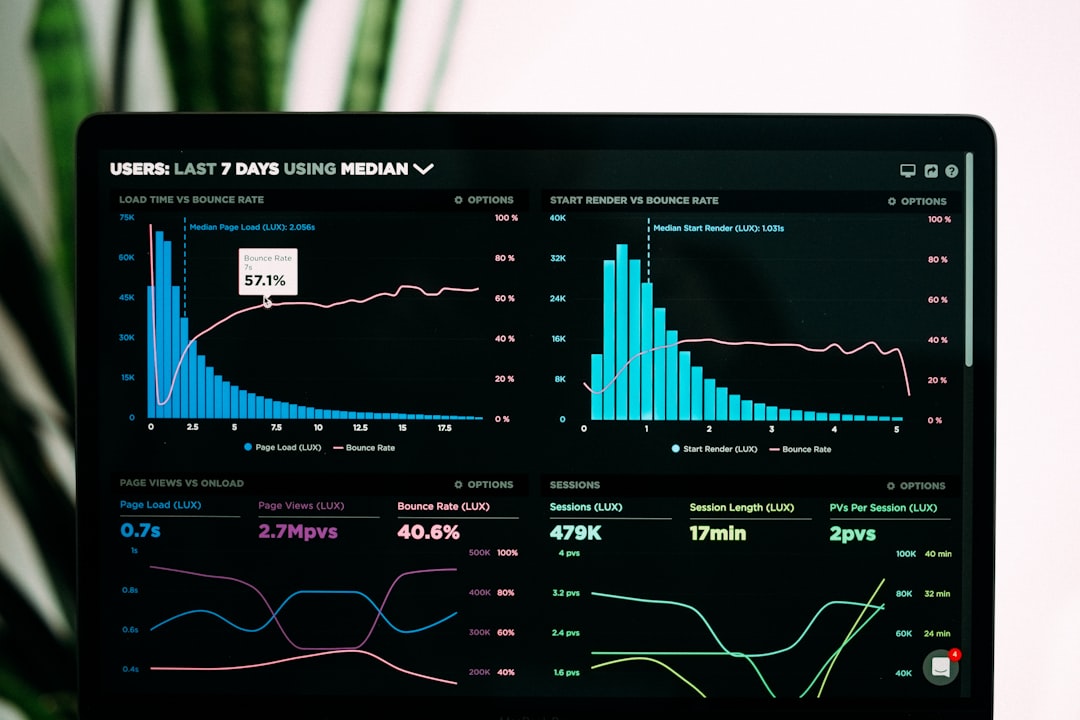
The Economist’s Guide to Effective Data Collection
# Introduction. In today's data-driven economy, the ability to collect and analyze data effectively can be a game changer for businesses across various sectors. Data serves as a powerful tool, offering insights that can drive decision-making, improve customer experiences, and enhance operational efficiency. This post delves into the essential techniques and strategies outlined by economists and data experts for successful data collection. We'll explore different types of data, the importance of ethics and privacy, and the tools available for effective data gathering. # Understanding the Different Types of Data. Before collecting data, it's vital to understand the different types available. Broadly, data is categorized as qualitative and quantitative. Qualitative data is descriptive and provides insights into people's feelings, behaviors, and experiences. Surveys, interviews, and focus groups are common methods for gathering qualitative data. On the other hand, quantitative data is numerical and can be measured statistically. This type of data is typically collected through methods such as online surveys, experiments, and observation. Understanding these distinctions helps in selecting the most effective data collection methods suited to your research objectives. # Developing a Data Collection Strategy. A robust data collection strategy is essential for ensuring the reliability and validity of the data gathered. Begin by outlining your research questions and objectives. What specific information do you seek? Who is your target audience? The next step is to determine the methodology that will provide the best answers to your questions. Whether you're conducting surveys, interviews, or observational research, your methods should align with your goals. Furthermore, consider the timeline and resources available, including human and financial capital. # The Importance of Ethics and Privacy in Data Collection. When collecting data, ethical considerations must take precedence to maintain trust and comply with regulations. The rise of data breaches and privacy concerns has made it imperative for organizations to prioritize ethical practices in their data collection methods. Transparency is key—always inform participants about how their data will be used and obtain informed consent. Moreover, adhere to regulations such as the General Data Protection Regulation (GDPR) to ensure compliance and avoid legal repercussions. Upholding participants’ rights and privacy builds trust, encourages participation, and enhances the credibility of your research. # Tools and Technologies for Effective Data Collection. The market is replete with tools and technologies that facilitate effective data collection. Online survey platforms like SurveyMonkey and Google Forms allow for quick and accessible data gathering from diverse populations. For qualitative research, tools such as NVivo help in organizing and analyzing textual data from interviews and focus groups. Furthermore, mobile data collection apps enable data gathering in real-time, even in remote locations. Embracing these technologies can streamline the data collection process and enhance the quality of the data collected. # Analyzing and Interpreting Collected Data. Once data has been collected, the next crucial step is analysis. It's essential to employ appropriate statistical tools and software to interpret quantitative data accurately. For qualitative data, coding the information into themes or categories aids in identifying patterns and insights. Understanding your data's context is vital to drawing meaningful conclusions. Collaboration with data analysts may be beneficial, especially when dealing with large datasets that require expert knowledge for interpretation. # Conclusion. In conclusion, effective data collection is cornerstone to informed decision-making in today's business environment. By understanding the various types of data, developing a comprehensive data collection strategy, adhering to ethical considerations, and utilizing modern tools, businesses can harness the potential of data to drive growth and innovation. As data continues to evolve, the ability to adapt and refine collection techniques will remain a vital skill for any organization aiming to thrive in a competitive marketplace. .









